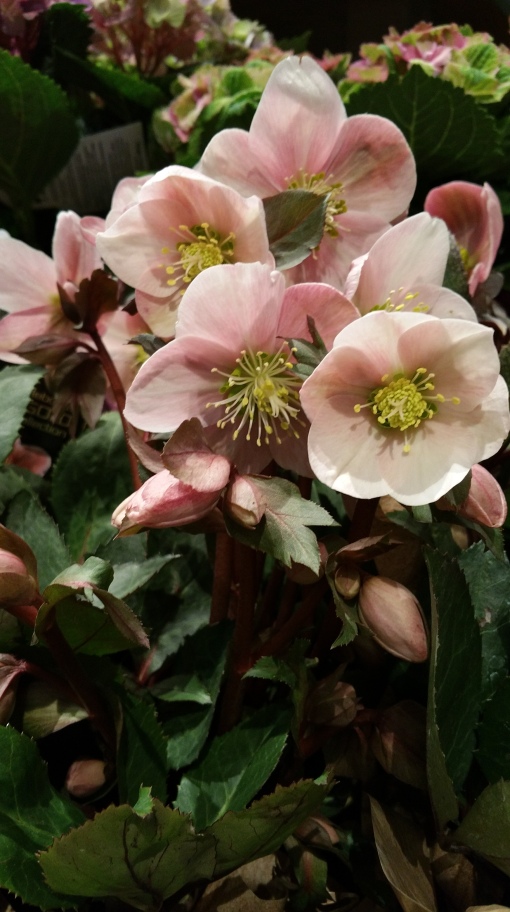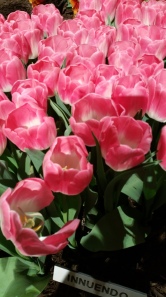Eight Garden Trends Spotted on Navy Pier
By Teresa Woodard
At the Chicago Flower and Garden Show this week at Navy Pier, visitors are gaining a sneak peek at upcoming trends for the Midwest’s 2016 gardening season. Running March 12-20, the show began in 1847 as the Chicago Fruit and Flower Show and was one of the first consumer shows to be held at Navy Pier. Though its name has changed, the show continues to strive to educate, motivate and inspire its 40,000 visitors each year. Today, the show features 17 display gardens, seminars, cooking demonstrations, kids’ activities and a marketplace. Check out these trends we spotted.

#1: Pollinators rule as illustrated with this over-sized floral butterfly in the Brookfield Zoo’s display garden. Growers are taking the National Pollinator Challenge to heart as they offer a host of pollinator-friendly plants. Just look for the bee icon when shopping this season at garden centers.
#2: Pantone 2016 Colors of the Year — Rose Quartz and Serenity — are popping up in many bloom colors including these Easy Wave Petunias in Pink Passion and Silver.

#3: Ornamental edibles (like this colorful kale) continue to jump the vegetable garden fence into perennial beds, container displays and even cut flower gardens.
#4: Tropicals remain strong, even in northern climates, for their colorful blooms and bold foliage. Medinillas (left) are making quite a stir with their large, long-lasting blooms.

Helleborus Gold Collection ‘Pink Frost’
#5: New varieties of these ever-popular hellebores feature stronger stems and more upright blooms, adding to their appeal as a bridal bouquet flower. 
#6: Succulents remain strong in 2016. Look for them in green walls, green roofs, table centerpieces, dish gardens, bridal bouquets, groundcovers and more!
#7: Creativity abounds among today’s water features with a full spectrum of sizes from big spilling displays to smaller bubbling urn fountains. This impressive five-part display was designed by Aquascape who also sells these faux stacked slate fountain urns of resin).
#8: The Magnificent Mile’s impressive tulip displays have generated a lot of tulip fans in the Windy City. And today’s options are unlimited from two-tone singles (center) to peony-like doubles (left and right).






















